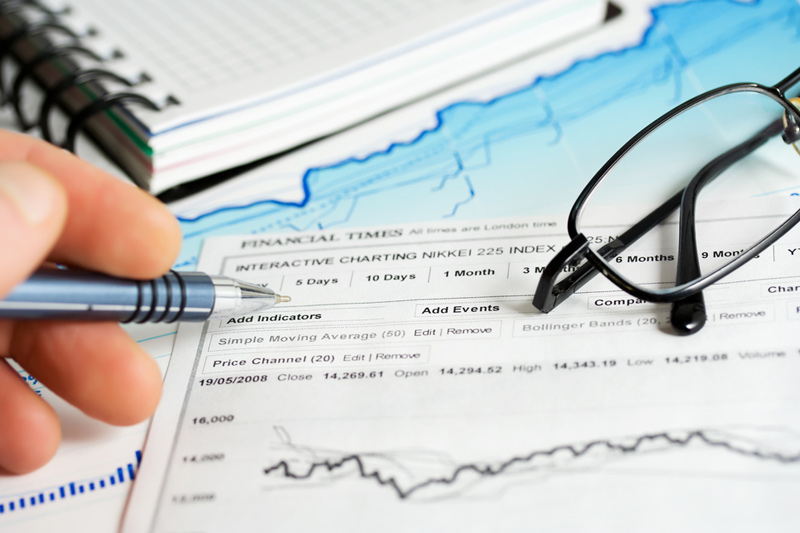By Pratima Desai
LONDON (Reuters) – China’s abrupt announcement this week that it will restrict exports of some germanium and gallium products from Aug. 1 is expected to disrupt global supply chains for semiconductors.
For metals such as aluminium, and zinc traded on the London Metal Exchange, the price reaction to disruptions or the possibility of supply issues is transparent and can be seen quickly, often within seconds.
But for minor or strategic metals such as germanium, gallium, cobalt and molybdenum, often byproducts of other metals such as zinc, nickel and copper, the price discovery process is much more complicated and relies on human judgement.
This is why minor metals pricing is often described as opaque, and why the price reaction to China’s move is harder to discover swiftly.
Much of the metal produced globally is sold on long-term contracts which could range from one year to five years.
The quantities involved on the spot market in minor metals are small compared with industrial metals such as aluminium, copper, zinc and nickel.
HOW ARE MINOR METALS PRICES ASSESSED?
Reporters from price rating agencies (PRA) such as Fastmarkets and Platts, part of S&P Global (NYSE:) Commodity Insights, collect prices from consumers, producers and traders. Contributions are anonymous.
The aim is to collect traded prices wherever possible. If these are not available, then bids and offers are used.
Where bids and offers are not available, PRAs may use price assessments from market participants.
Specialist reporters evaluate the data they have to come to a conclusion about where prices are. These prices are reviewed by other reporters and editors before being published.
The London Metal Exchange offers daily cobalt, lithium and molybdenum contracts, but they are traded rarely and are illiquid.
Volumes for CME Group’s (NASDAQ:) daily cobalt contract picked up a year ago and have held up since due to support from cobalt producers and consumers.
Shanghai Metals Markets also publishes prices for strategic metals including germanium, tungsten and silicon and magnesium.
HOW FREQUENTLY ARE THEY ASSESSED?
PRAs typically publish prices on a weekly or fortnightly basis for 17 minor metals including arsenic, antimony, cadmium and chromium.
Prices may vary according to region, taxes and whether the material is stored in a warehouse or not.
Fastmarkets typically publishes separate prices for China, Europe and the United States.
Platts collects bids, offers and transacted prices for cobalt and molybdenum from buyers and sellers and produces an end-of-day value. Its other assessments inlude titanium, lithium and ferrochrome.
Contracts between buyers and sellers sometimes reference prices published by PRAs.
Read the full article here













